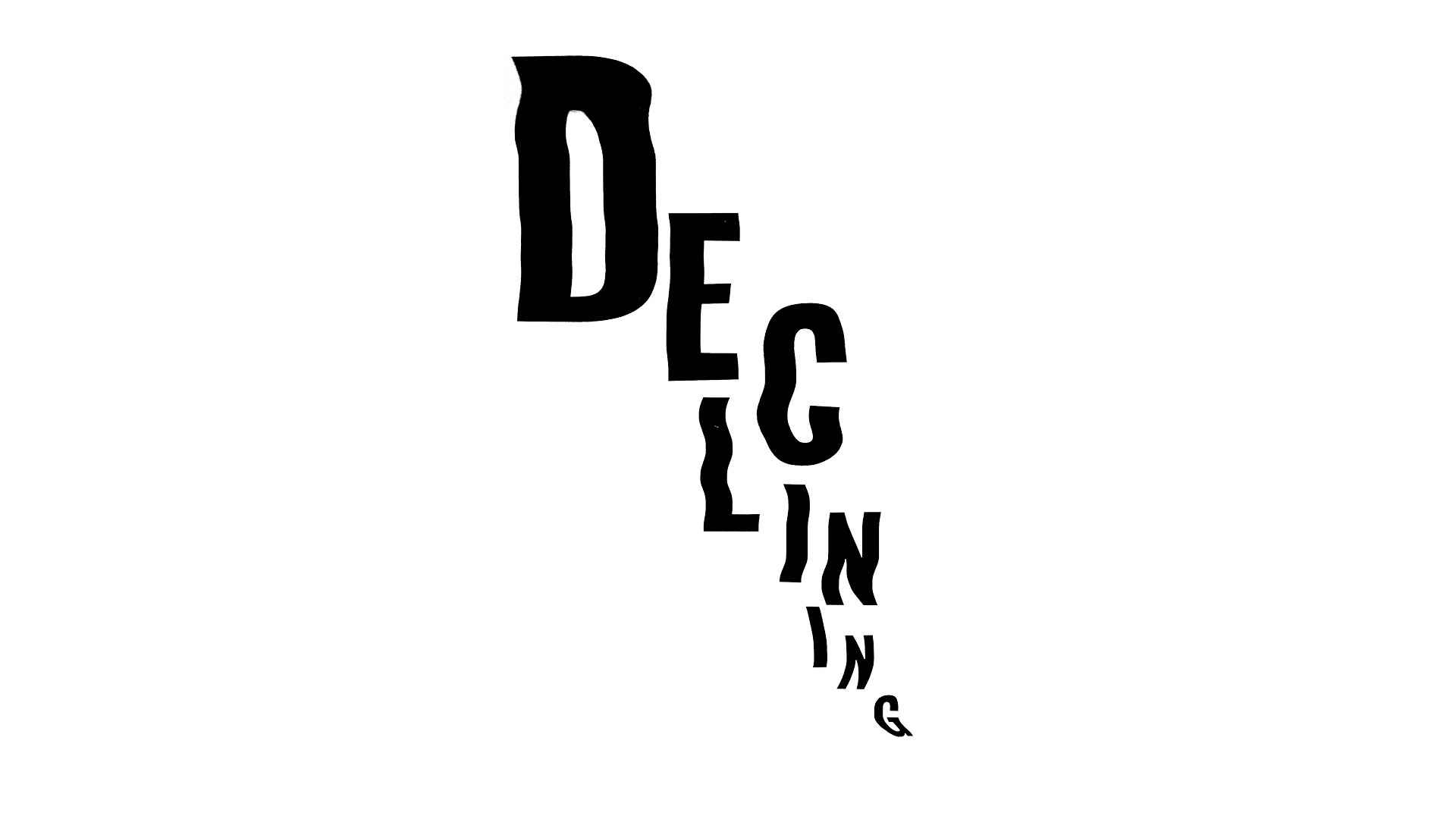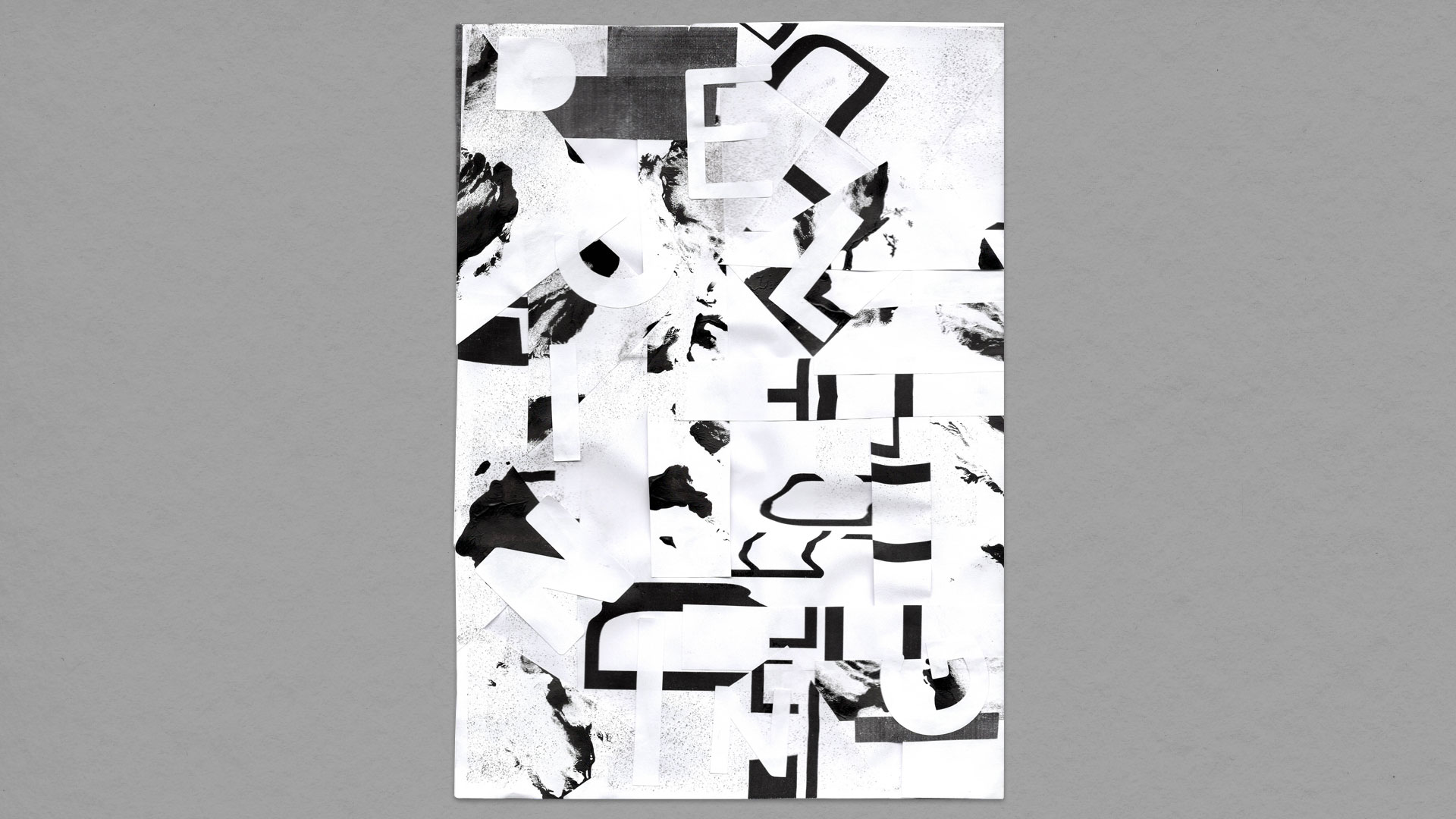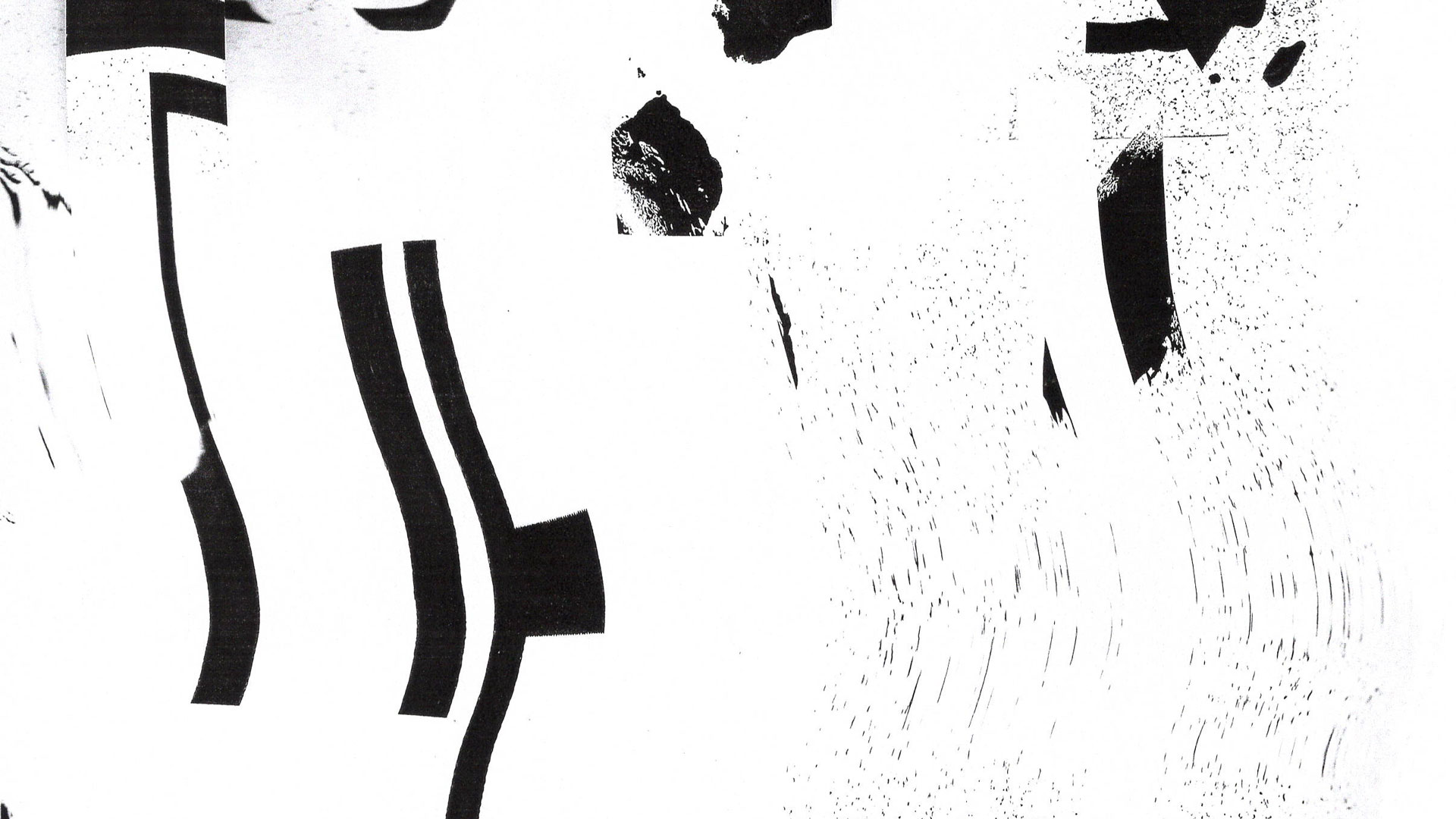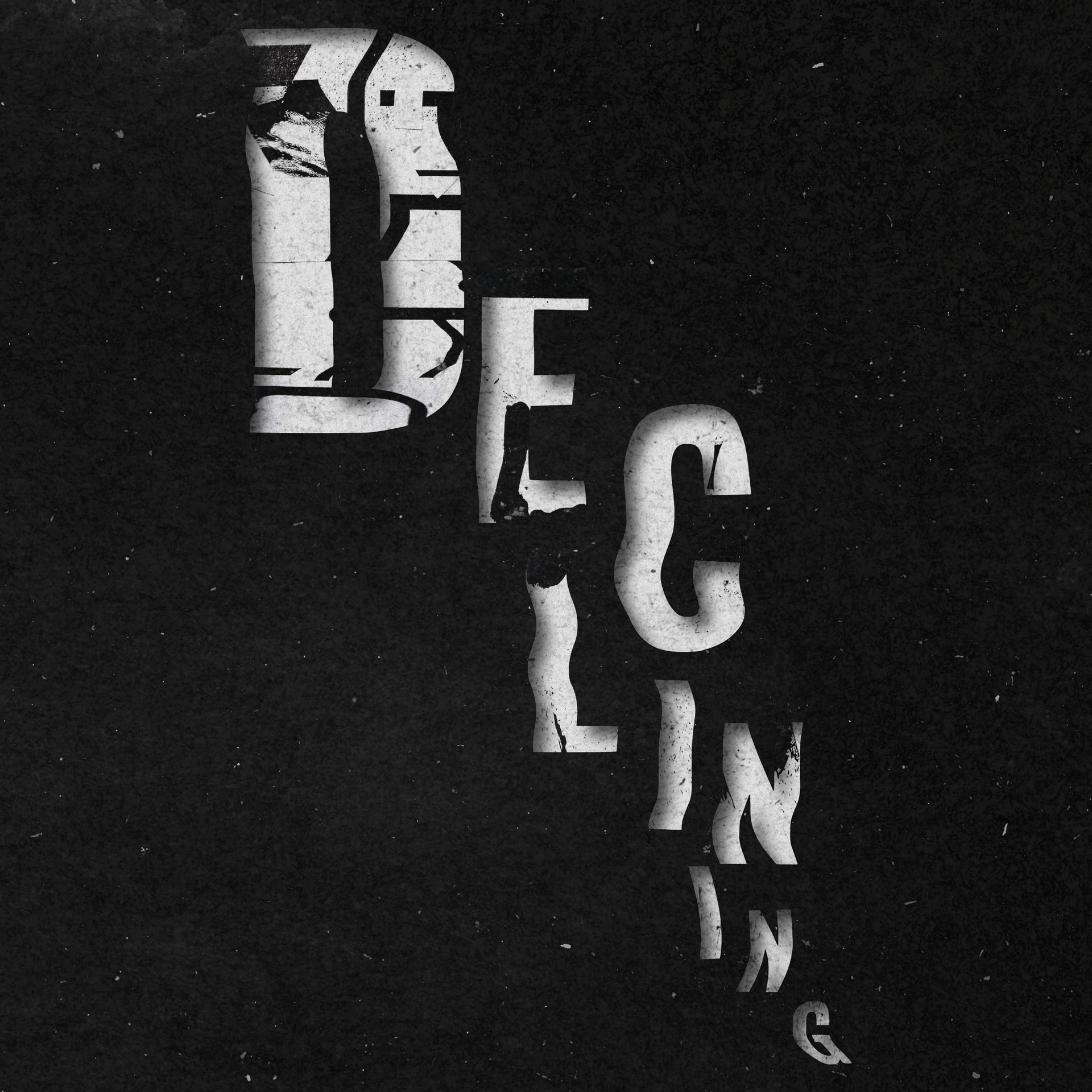


As individuals become increasingly aware of environmental responsibility and the impact of climate change, it could be suggested that print design is declining.
A report by the UK Department for Environment, Food and Rural Affairs (2023) stated, "Paper and cardboard had the highest waste arisings, at 5.4 million tonnes". Although individuals may aim to recycle, what happens at waste management and recycling centers could be seen as out of the public's control.
In the US, it is estimated that around 100 billion items of junk mail are posted every year (Phillips, 2023) . Furthermore, it is suggested that wrapping paper and paper bags contribute to around 4 million tons of waste each year in the US (Phillips, 2012) . Consequently, individuals may go paperless or stop wrapping gifts to reduce their environmental impact. However, consumers may feel that organizations and businesses should do more to be sustainable and reduce waste.
As well as the impact of paper waste, some could argue that there are environmental issues related to the creation of the paper itself, from how trees are managed or how the pulp is created (Hamlett, n.d.) .
Though some could argue that this is a reason to stop or minimize print design, many businesses and independent creatives are finding ways to be ethical and take environmental responsibility.
Upcircle (2019) highlight how materials can be selected with care, such as using recycled paper that is uncoated and unfoiled. Additionally, where the items are printed can matter - such as printers that use plant-based ink rather than toxic processes.
Brands such as Lush are focusing on packaging that can be reused, such as fabric-based gift wraps made from recycled plastic or organic cotton (Lush, 2023) . These can then be reused rather than disposed of like paper wrapping.
Consequently, it could be argued that print design is important, as items will continue to need packaging or promotion. However, this will be from a sustainable angle, working alongside manufacturers and scientists to think of new ways to produce ethical and green print.
Firstly, a typographic composition was created digitally in Adobe Illustrator. To reflect the word 'Declining', the letters got smaller and appeared more distant further down the page. The composition was printed, with the print then moved around on a scanner to produce a distorted photocopy. The wobbles and elongation of some of the lettering suggest that this perception could be skewed. The scanograph was re-digitized into a vector format.


An analogue collage was created by cutting up prints of the word 'Declining'. Letters were also cut out using a die-cutter and white paper, so the word is somewhat hidden in the collage. Paint and ink textures add grittiness and graininess to the piece.
The Declining collage went through the scanography process. Due to the use of paint and ink textures and large areas of blank space, the scanographs produced interesting marks and speckles. This reflects the concept of decline and disappearance.


The scanography type and scanography collage were brought together digitally. Using Adobe Illustrator and Photoshop, the type was transformed into a digital stencil - looking like it is cut out of textured paper. Through the stencil, the scanography collage texture is revealed.